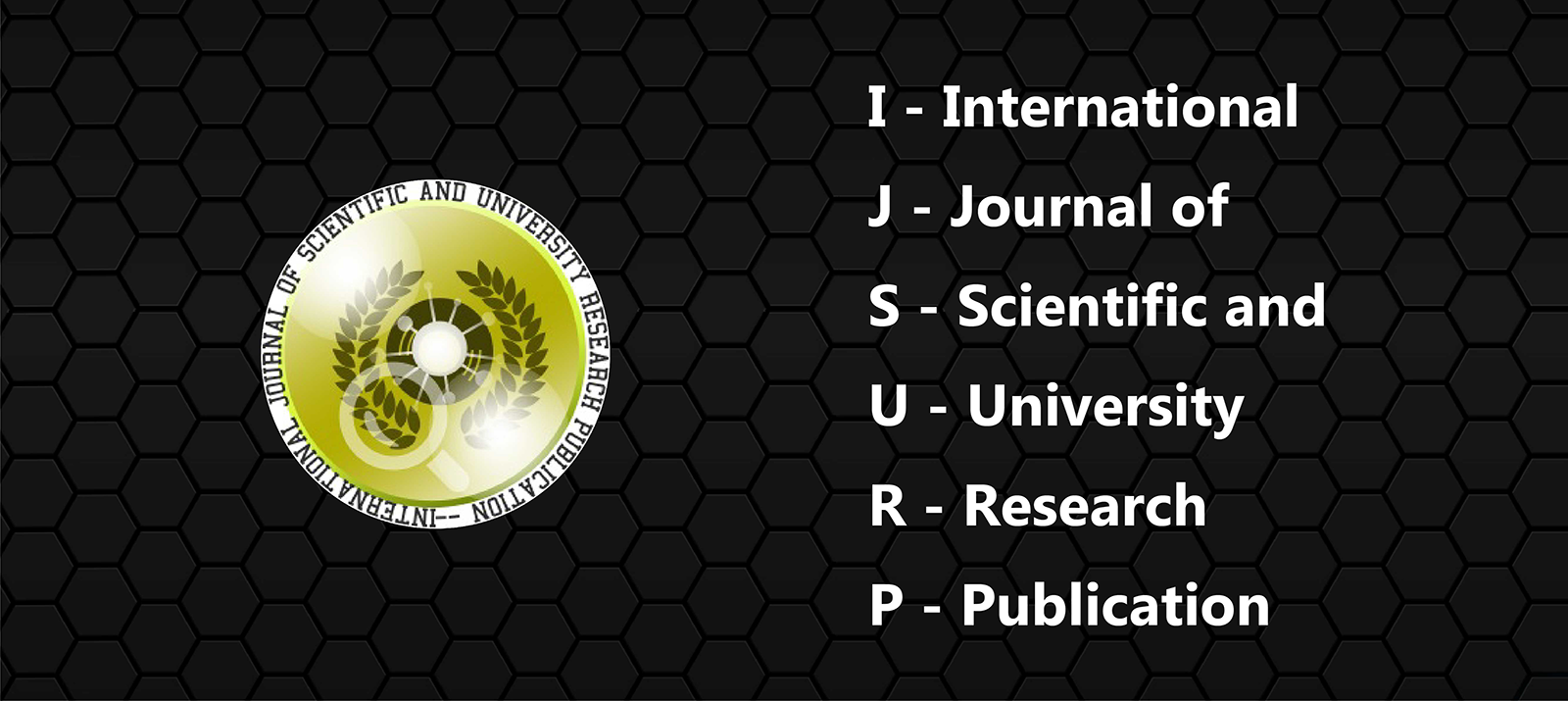References :
[1] Baum Ll, Philips R, Lund M. Tratado de operatoria dental. 2ª ed. Mexico: Nueva Editorial Interamericana, 1987:23-6.
[2] Davison CL, Kemp-Scholte CM. Inconvenientes de las resinas composite en las restauraciones de clase V. Journal of Esthetic Dentistry. Ed. Esp. 1991; 1(1):7-10. [3] Hempton TJ, Drakos D, Nart J, Santos A. Tratamiento de la lesión de clase V: ¿Alargamiento o acortamiento de la corona? Periodoncia y osteointegración... More
[1] Baum Ll, Philips R, Lund M. Tratado de operatoria dental. 2ª ed. Mexico: Nueva Editorial Interamericana, 1987:23-6.
[2] Davison CL, Kemp-Scholte CM. Inconvenientes de las resinas composite en las restauraciones de clase V. Journal of Esthetic Dentistry. Ed. Esp. 1991; 1(1):7-10. [3] Hempton TJ, Drakos D, Nart J, Santos A. Tratamiento de la lesión de clase V: ¿Alargamiento o acortamiento de la corona? Periodoncia y osteointegración 2007; 17(2):75- 84.
[4] Grandini R, Bertini F, Marri M. La aplicación Del separador de ivory en las reconstrucciones dentales. Av. en Odontoestomatol 1989; 6:355-65.
[5] Anupam P, Namratha N, Vibha S, Anandakrishna GN, Shally K, Singh A. Efficacy of two gingival retraction systems on lateral gingival displacement: A prospective clinical study.J Oral Biol Craniofac Res. 2013;3(2):68- 72.
[6] Bennani V, Inger M, Aarts JM. Comparison of pressure generated by cordless gingival displacement materials.J Prosthet Dent. 2014; 112(2):163-7.
[7] Prasanna GS, Reddy K, Kumar RK, Shivaprakash S. Evaluation of efficacy of different gingival displacement materials on gingival sulcus width.J Contemp Dent Pract. 2013; 14(2):217-21.
[8] Kumbuloglu O, User A, Toksavul S, Boyacioglu H. Clinical evaluation of different gingival retraction cords.Quintessence Int. 2007;38(2):e92-8.
[9] Jokstad A. Clinical trial of gingival retraction cords. J Prosthet Dent. 1999; 81(3):258-61.
[10] Shivasakthy M, Asharaf Ali S. Comparative Study on the Efficacy of Gingival Retraction using Polyvinyl Acetate Strips and ConventionalRetraction Cord - An in Vivo Study.J Clin Diagn Res. 2013;7(10):2368-71.
[11] Lozano De Luaces V, Robledano Vicente L, Latre Barluenga A. Valoración del grado de contaminación de las preparaciones cavitarias usando diferentes métodos de aislamiento. Revista Europea de Odontoestomatología 1993; V (4):206-8. [12] Langerweger CH. Aislamiento del campo operatorio en odontología infantil. El aislamiento Del campo operatorio con dique de goma. Quintessence (ed. esp.) 2001; 14(10):636-46.
[13] Liebenberg WH. Rubber dam isolation of cervical lesions. Part 1: alternative technique which avoid injury to the periodontium. FDI World 1994; 3(5):17-8, 20, and 22.
[14]Anton-Radigales M. Imitación de la encía con composite. Cirugía mucogingival no quirúrgica. RCOE 2005; 10(3):309-321.
[15] Hong LG, Guo LP, Xue LL. Gingival retraction paste versus gingival retraction cord for fixed prosthodontics: a systematic review.Shanghai Kou Qiang Yi Xue. 2013; 22(4):456-61.
[16] Chaudhari J, Prajapati P, Patel J, Sethuraman R, Naveen YG. Comparative evaluation of the amount of gingival displacement produced by three different gingival retraction systems: An in vivo study. Contemp Clin Dent. 2015; 6(2):189-95.
[17] Lahoti KS. Effect of various chemical agents used in gingival retraction systems on smear layer: Scanning electron microscope study.Contemp Clin Dent. 2016; 7(1):27-30.
[18] Burke FJ, Crisp Revaluation of a novel compule-based gingival retraction system in UK general dental practices. Dent Update. 2014; 41(5):432-4, 437-8.
[19]Akca EA, Yildirim E, Dalkiz M, Yavuzyilmaz H, Beydemir B. Effects of different retraction medicaments on gingival tissue.Quintessence Int. 2006;37(1):53-9.
[20] Bowles WH, Tardy SJ, Vahadi A. Evaluation of new gingival retraction agents’ Dent Res. 1991;70(11):1447- 9.
[21] García Barbero AE, Baños Martin JL, García Barbero J. Problematical de lasso’s matrices para composite en dientes posteriores. Av. en odontoestomatol. 1995; 11:503-12.
[22]Gupta A, Prithviraj DR, Gupta D, Shruti DP. Clinical evaluation of three new gingival retraction systems: a research report.J Indian Prosthodont Soc. 2013; 13(1):36- 42.
[23] Polat NT, Ozdemir AK, Turgut M. Effects of gingival retraction materials on gingival blood flow.Int J Prosthodont. 2007; 20(1):57-62.
[24] Huang C, Somar M, Li K, Mohadeb JV. Efficiency of Cordless Versus Cord Techniques of Gingival Retraction: A Systematic Review Prosthodont. 2015: Sep 17. Version of record online: doi: 10.1111/jopr.12352.
[25] Lodetti G 1 , D'Abrosca F, Fontana P, Pavoni E, Gigola P. Set up of in vitro methods able to detect the safety of astringent liquids. Minerva Stomatol. 2004; 53(6):361-7.
[26] Sarmento HR, Leite FR, Dantas RV, Ogliari FA, Demarco FF, Faot F. A double-blind randomised clinical trial of two techniques for gingival displacement.J Oral Rehabil. 2014; 41(4):306-13.
[27] Liu CM, Huang FM, Yang LC, Chou LS, Chou MY, Chang YC. Cytotoxic effects of gingival retraction cords on human gingival fibroblasts in vitro.J Oral Rehabil. 2004; 31(4):368-72.
[28] Pesson DM, Bakou OD, Didia EL, Kouame A, Blohoua MR, Djeredou KB. Gingival displacement techniques in daily practice. Survey among dental surgeons in Abidjan, Ivory Coast.Odontostomatol Trop. 2015; 38(152):25-32.
[29] Acar Ö, Erkut S, Özçelik TB, Ozdemır E, Akçil M. A clinical comparison of cordless and conventional displacement systems regarding clinical performance and impression quality.J Prosthet Dent. 2014; 111(5):388-94.
[30] Shrivastava KJ, Bhoyar A, Agarwal S, Shrivastava S, Parlani S, Murthy V. Comparative clinical efficacy evaluation of three gingival displacement systems.J Nat Sci Biol Med. 2015;6(Suppl 1):S53-7.
[31] Bennani V, Aarts JM, He LH. A comparison of pressure generated by cordless gingival displacement techniques.J Prosthet Dent. 2012; 107(6):388-92.
[32]Tabassum S, Adnan S, and Khan FR. Gingival Retraction Methods: A Systematic Review.J Prosthodont. 2016 Jul 28. Version of record online: doi: 10.1111/jopr.12522.
[33] Bennani V, Schwass D, Chandler N. Gingival retraction techniques for implants versus teeth: current status.J Am Dent Assoc. 2008; 139(10):1354-63.... Less







